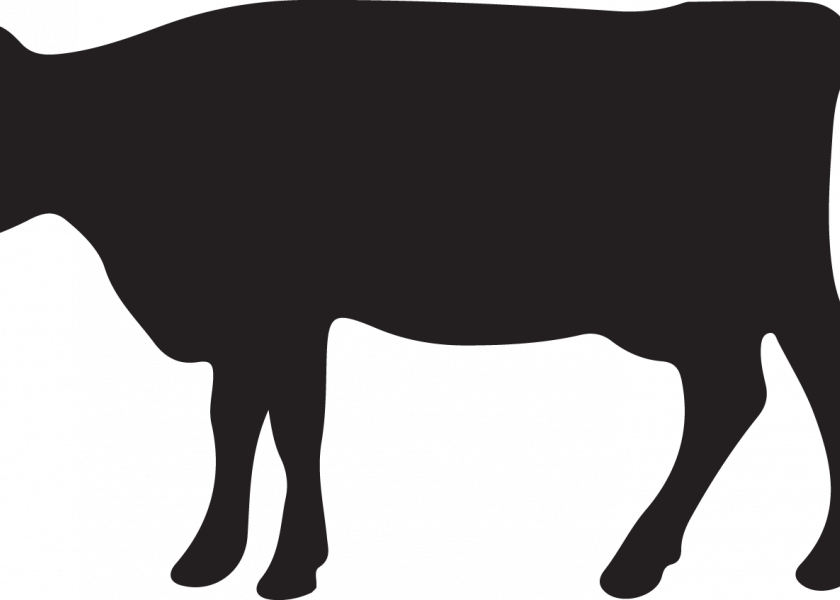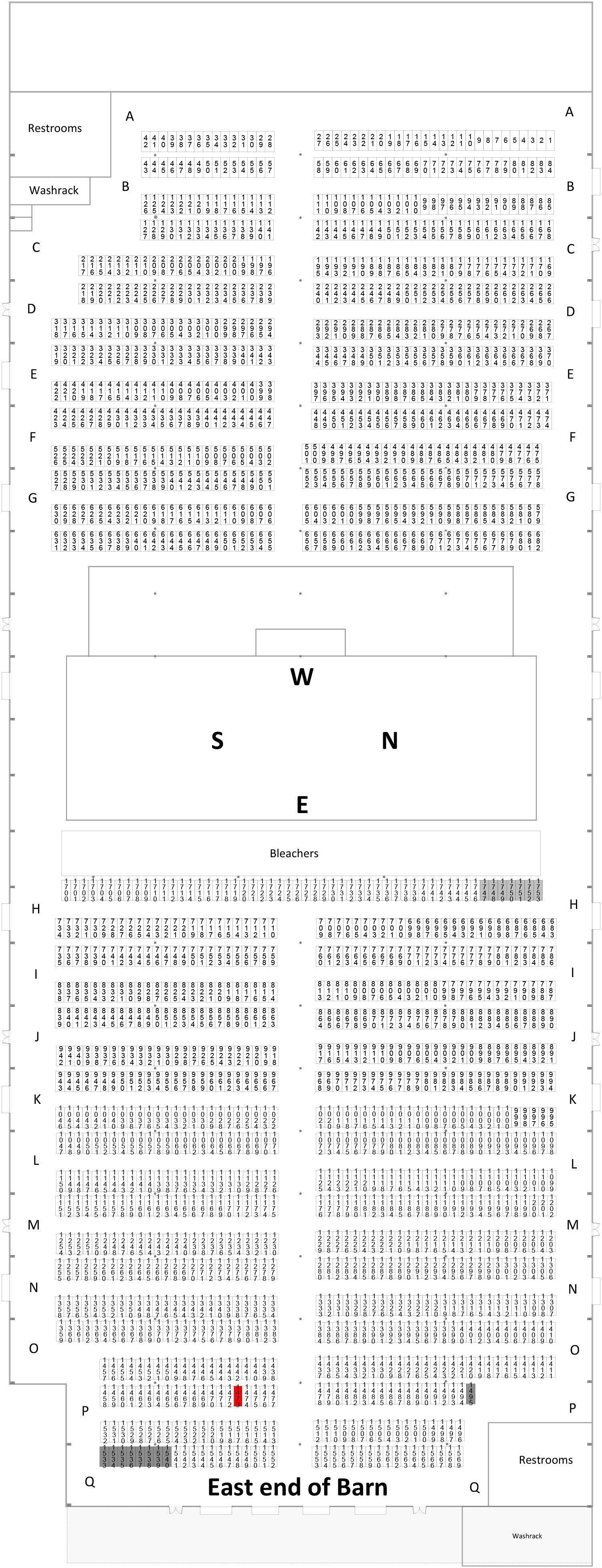Rabid Heifer Prompts Health Warning Following San Antonio Stock Show

The Texas Department of State Health Officials has issued a notice for visitors of the cattle barn during the San Antonio Stock Show and Rodeo, held Feb. 11-14, that they may need to be assessed for possible rabies exposure. A solid black Brangus heifer being shown by a student from the Miller Grove ISD in Hopkins County developed rabies and was capable of spreading the virus in the time it was in the barn on those dates.
The notice says that the heifer was only outside of the barn while it was being shown and while being loaded and unloaded for transport. Public health officials have been in contact with those who cared for the heifer and those of the animals in the nearby stalls so their risk can be assessed.
As rabies is spread through the saliva of infected animals, anyone who put their hand in the heifer’s nose or mouth, or had contact between the animal’s saliva and an open wound or mucous membrane like the eyes, nose or mouth should be evaluated for rabies exposure by contacting their physician, the notice states. Those who didn’t have that kind of contact with the animal are not at risk of contacting rabies.
If treatment is started before symptoms begin, rabies can be prevented. After symptoms begin, it is nearly always fatal. It can take between three weeks and three months for someone who had been exposed to rabies to become ill, the agency notes.
A map of the barn, with the affected animal’s stall marked in red, is below.








